Content |
|---|
Characteristics "German Shepherd"
Coexistence is important that you have with your new friend. Before considering the acquisition of a dog of the breed "German Shepherd" you know certain factors. Not all breeds of dogs are apt to live in an apartment, you must take into account his character, their need for exercise, their interaction with other pets, their care and if you have small children, their level of tolerance towards them.
Adaptation ⓘ3.0 out of 5 stars (based on 1 review)
|
friendly dog ⓘ3.0 out of 5 stars (based on 1 review)
|
hair loss ⓘ4.0 out of 5 stars (based on 1 review)
|
|---|---|---|
Affection level ⓘ4.0 out of 5 stars (based on 1 review)
|
Need for exercise ⓘ4.0 out of 5 stars (based on 1 review)
|
Social need ⓘ3.0 out of 5 stars (based on 1 review)
|
Home ⓘ3.0 out of 5 stars (based on 1 review)
|
Toilet ⓘ3.0 out of 5 stars (based on 1 review)
|
Friendly with strangers ⓘ3.0 out of 5 stars (based on 1 review)
|
barking ⓘ4.0 out of 5 stars (based on 1 review)
|
Health ⓘ4.0 out of 5 stars (based on 1 review)
|
Territorial ⓘ5.0 out of 5 stars (based on 1 review)
|
Cat friendly ⓘ3.0 out of 5 stars (based on 1 review)
|
Intelligence ⓘ5.0 out of 5 stars (based on 1 review)
|
Versatility ⓘ5.0 out of 5 stars (based on 1 review)
|
Child friendly ⓘ5.0 out of 5 stars (based on 1 review)
|
Surveillance ⓘ5.0 out of 5 stars (based on 1 review)
|
joy ⓘ5.0 out of 5 stars (based on 1 review)
|
History
The dog German Shepherd It is today the most widespread dog breed in the world.. It appeared in its current form towards the end of the 19th century, thanks to the tremendous work of the German captain Max von Stéphanitz. Created from different German Shepherd Dogs, the breed was last improved in 1893 with blood of Scottish Sheepdogs.
But, its origins go back to antiquity, since tacit (54-120 d.C.), Roman historian and senator, you already mentioned sheepdogs in Germania. A little later, in the 7th century, Germanic laws punished with a fine of 3 solidis (a few 20 euros today) to anyone guilty of the murder of a sheepdog.
In 19th century Germany, there was no homogeneous breed of sheepdog. Rather, there were regional types, as the shepherds from württemberg, the thuringian guy, but also different dogs in Bavaria or Hesse. In the decade of 1870, under the direction of Bismarck, while the French tried to select different regional types of sheepdogs, the Germans preferred a national race, intended to be a symbol of German thoroughness and quality. Like this, already in 1877, some breeders made an initial selection of two types: the Württemberg Sheepdog, tall and massive, thick dark hair, strong head and floppy ears, and the Thuringian Shepherd Dog, short gray hair, with medium bone structure and straight ears.
Phylax was founded in 1891, the first association dedicated to the Dog German Shepherd. But, dissolved into 1895 due to numerous dissensions. In fact, some breeders wanted to keep a line of Thuringian Sheepdogs, while others wanted to mix Thuringian Sheepdogs and Württemberg Sheepdogs, in order to obtain a fast and reliable dog with a balanced and resistant character.
In 1897, Max Frederic Emil von Stephanitz, a cavalry officer who had returned to civilian life after his marriage and is considered the “father” of the race, bought a property near Grafrath, Bavaria. He decided to set up a dog-breeding operation there., mainly focusing on the improvement of sheepdogs, wanting to create a perfect and intelligent working dog with keen senses and superior working ability. He participated in dog shows presented by other breeders and bought his first dog in 1899, Hector Linkrshei, later changing his name to Horand von Grafarth. The latter, with a gray and yellow coat and of the type of Thuringian Shepherd dog, was the first German shepherd dog registered in the Breed Book of Origins. Used it as a stud, starting point of the German Shepherd breed, and produced with him 53 layers of 35 different females, giving 149 puppies also registered in the Book of Origins of the breed.
The 22 in April of 1899, from Stephanitz founded the German Shepherd Dog Club, the “Verein für Deutsche Schäferhund“, also known in abbreviated form as SV (Shepherd Club). The 28 in September of 1899, the first breed standard was published during its first general assembly in Frankfurt.
This first text was completed in the meetings of the members in 1901 and 1909, at the meeting of the management board and advisory committee in Wiesbaden in 1930, and at the meeting of the breeding commission and the board of directors in 1961. The text was revised again in the framework of the WUSV (World Union of Clubs for German Shepherd Dogsand, o World Union of German Shepherd Societies). The standard was finally revised and restructured in 1991 by a legally binding decision of the executive and advisory boards.
Von Stephanitz announces in its standard the line of conduct that will be maintained until today, what is that a German Shepherd it's mostly a working dog. According to him, “a dog German Shepherd is any sheepdog that lives in Germany and that, by constantly exercising its qualities as a shepherd dog, achieves perfection of body and mind, perfection appreciated only in terms of utility”.
While the 19th century was marked by the industrial revolution and many sheepdogs disappeared along with the pens in the course of industrialization and urbanism, From Stéphanitz converted his protégé and worked to persuade the German authorities to use this breed of dog. Its robustness, his exceptional sense of smell and unwavering obedience convinced the German police to use him. The German Shepherd was found in the army, police, Customs, but also in the administration, ports and railways.
World War I gave the German Shepherd the chance to prove yourself: whether they served as sentinel dogs, sanitary dogs, patrol assistants or messenger dogs, more than 100.000 German Shepherdss were mobilized like dogs of war.
After the war, thanks to the stories of veterans who recounted the exploits of this breed of dog, the excellent reputation of German Shepherd spread all over the world. At the same time, the first German Shepherd Guides appeared to help those disabled by the war.
In 1920, Georges Barais, a French textile manufacturer, created the Société du Chien de Berger d’Alsace (the end of hostilities was too close to give the dog its original name), before its name was changed to Société du Chien de Berger d’Alsace less than two years later.
The dogs of German Shepherd were in great demand in the postwar years, so much so that dog breeders from German Shepherd they produced them in great numbers to satisfy their fellow citizens, as well as foreign countries that became more and more passionate about the breed. The result was a departure from the type, with bigger and bigger dogs, high, with legs of doubtful character.
To avoid these excesses, in 1922 created the Körbuch, a selection book that complements the Book of Origins. Only dogs suitable for breeding could be registered in it, after being examined by a judge.
During World War II, the German Shepherd It was used on all fronts and by all the armies of the world. Unfortunately, After the war, unfairly associated with the Nazis, caused mistrust and lost interest to foreign buyers. Hitler himself owned several German shepherds, including female Blondi, who accompanied him until his death in April 1945.
It was not until the decade of 1950 that the breed began to develop again. The modern history of German Shepherd started with the German Championship of 1951, where the consecration of a subject with a different morphology strongly marked the physical evolution of the race. Rolf from the Osnabrücker Land it was a very distinctive dog, characterized by morphological innovations, especially on neck and shoulder strength.
The decade of 1970 it also marked a second turning point in the breed's history, with the appearance of the silhouette with the sloping back.
Today, due to the popularity of this breed, his herd is no longer homogeneous, since there are exposure lines on one side and work lines on the other.
Physical characteristics
Videos "German Shepherd" |
||
|---|---|---|
Is also known by the name of Ovejero German or Dog Police, due to the use that the security forces give them in many countries where they even have specific units called K-9.
The German Shepherd, is a dog robust and flexible, slightly elongated, with muscular body, its powerful jaws close in scissor, which, You can generate a force of more than 180 kg beating races as the Pitbull, the Akita Inu or American bulldog.
There are many variants of color in German shepherds, as black, black and Brown edges, Red and black, but always visible his mantle of black, hence many called him black cloak.
The height at the cross, is between 60 and 65 cm. male, and the female between 55 and 60 cm.. The weight of the male, round the 30 and 50 kg, and in the female between 22 and 40 kg. Their life expectancy is around the 12 years.
Pastor of cows and sheep with great intelligence and tireless trot. He has excelled in numerous works useful to man, such as: guardian, guide dog, policeman, attack dog, drug detector, etc.
It is a robust animal, agile, good muscular, awake and full of life. His physical proportions must be related not only to his appearance but also to his temperament..
You must be a well balanced dog, with a harmonious development of the anterior and posterior members. A good specimen like at first sight; is also very strong. Although it can sometimes be a bit dominant and aggressive depending on the way in which educates.
Regard to the Bless you of these dogs, It is important to monitor its post vaccination schedule that are susceptible to Contracting distemper. As is common in large dogs, this breed is susceptible of suffering Hip Dysplasia.
Responsible crossbreeding is necessary to prevent this type of defects from spreading from generation to generation to have healthy specimens that do not suffer pain and are useful for work. This breed typically requires the hips from puppies to be passed by X-ray, and that the X-rays are certified and approved by the clubs responsible for the breed (the body that regulates this breed is the Verein für Deutsche Schäferhunde e.V. (SV) Headquartered in Augsburg, Germany), When the Cub reaches maturity (approximately at the 2 years of age), so that there is an adult suitable for reproduction.
Character and skills
It is a very good companion dog with children., It is very balanced and easy to train.
The training and socialization they should start from the first time the puppy reaches the family. The training for this breed is essential, is not recommended at all that is purchased if the future owner does not have the time needed to train it or take it to train a puppy.
You need to practice exercise continuously It is a breed of working. German shepherds are in sports like the Schutzhund, which is a good alternative to help keep you healthy and balanced both physically and mentally.
The German Shepherd It is one of the most popular dog breeds, the world's largest and versatile. Nato worker, affectionate with family, excellent guardian, blind guide, animal rescue, patient and protective of children. Courage, intelligence, unselfishness and loyalty are among the many virtues that characterizes this can.
The field trips, Beach or mountain are necessary and recommended especially if you are allowed to run to suit, at least, twice a month. Like this, your strong muscles will stay in shape and help preserve your psychic balance, being a breed particularly biased to temperamental disorders which in extreme cases they degenerate in neurosis.
It is advisable to, make your first bath to the 3 months of life, in a warm place, where the dog run no risk of harm is, using neutral soap or shampoo.
As well, It is important to feed it with good quality feed. We must prevent overfeeding it has a voracious appetite that can lead it to gastric problems, If not treated properly it can trigger chronic diarrhea.
It is advisable to go to the vet at least once a year for a general Checkup. Daily brushing is necessary to avoid the dead hair to hang its limbs and neck, This also allows fur keep bright, healthy and beautiful.
Education “German Shepherd”
The dog German Shepherd has a flexible temperament, but lively and quite dominant, which makes learning the basic commands mandatory. But, obedience seems innate in him, and his education is facilitated by his desire to satisfy his teacher. The latter must also be willing to invest properly in the education of his dog.
A dog German Shepherd poorly trained or untrained, a guard dog by nature, can become a limitation for his master and his family, as they will tend to be suspicious or even aggressive. So, it is important to socialize him and get him used to strangers or public places from an early age.
Health “German Shepherd”
The German Shepherd it is a robust breed by nature. But, infatuation with her since the end of World War II has led some breeders to German shepherds to be produced in quantity without taking into account genetic defects, what has weakened her. So, we can find in some lines bone or joint problems, such as hip dysplasia, elbow dysplasia, degenerative myelopathy or osteodystrophy. This is why it is always advisable to ensure that stallions are free from these conditions before adopting a puppy..
The dog German Shepherd you also have a genetic predisposition for hypothyroidism (a disease of the endocrine system), for the disease of von Willerbrand (a disorder of blood clotting), for persistence of the arterial canal (a congenital heart defect), or for certain skin conditions (atopia, flea allergy, pioderma…).
Finally, like all large breed dogs, the dog German Shepherd may suffer from stomach inversion or twisting. That is why exercise after meals should be avoided.
Care “German Shepherd”
Dogs German shepherds they lose a lot of hair, and its annual molt, in spring and autumn, It is important. During these periods, the dog should be brushed daily to remove excess hair, avoid knots and air the skin. Outside, brushing two or three times a week with a suitable comb is recommended.
Bathing is not recommended (except when the condition of the coat requires it), as this can weaken the waterproofing of the coat.
Images “German Shepherd”
The German Shepherd videos
Type and recognitions:
- FCI CLASSIFICATION: 166
- Group 1: Sheepdogs and Cattle Dogs (except Swiss Cattle Dogs)
- Section 1: Sheepdogs. With working trial.
Federations:
- – FCI – Group 1 Herding dogs, Section 1 Sheepdogs ⓘ
- – AKC – PASTORAGE ⓘ
- – ANKC – Group 5 (working dogs) ⓘ
- – CKC – Group 7 – Herding dogs ⓘ
- – KC – Pastoral ⓘ
- – NZKC – Working dog ⓘ
- – UKC – Herding dogs ⓘ
FCI breed standard "German Shepherd"
Alternative names:
1. German Shepherd Dog (English).
2. Berger d’Alsace, berger alsacien, Chien-loup d’Alsace (French).
3. (German).
4. Lobo-da-alsácia (Portuguese).
5. Pastor ovejero (español).
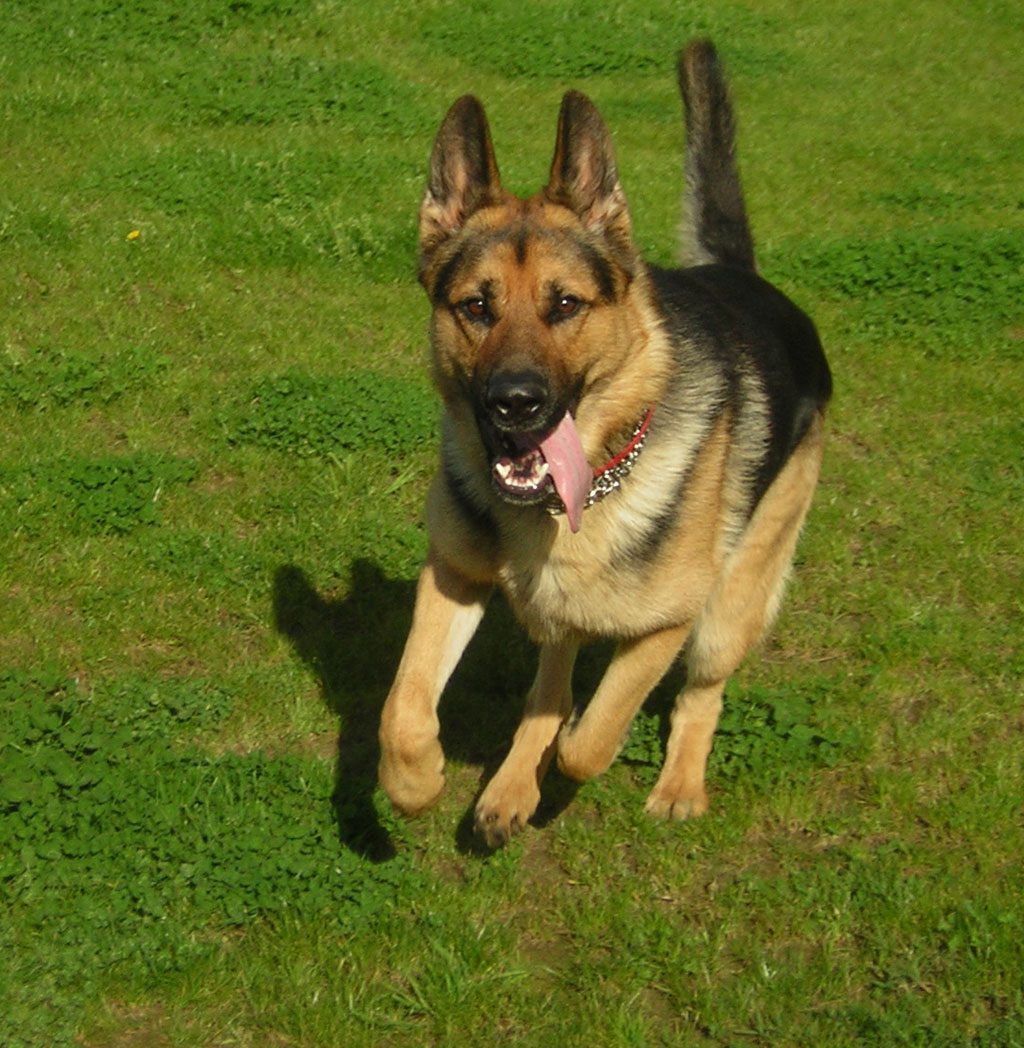
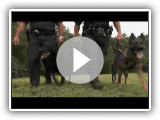 Dogs 101 German Shepherd Video Animal Planet
Dogs 101 German Shepherd Video Animal Planet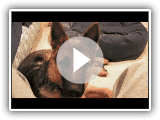 German Shepherd Dog Tribute – Sam von Wilhendorf
German Shepherd Dog Tribute – Sam von Wilhendorf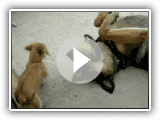 Puppy Owns German Shepherd
Puppy Owns German Shepherd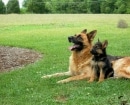
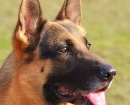
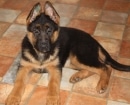
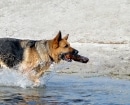
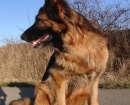
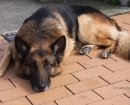

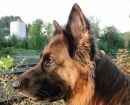
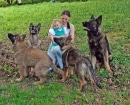
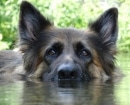
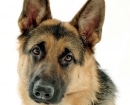
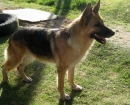
 chilling fight pastor aleman against cat XDjeje
chilling fight pastor aleman against cat XDjeje Can Kanto, Ovejero German, with Catherine.
Can Kanto, Ovejero German, with Catherine. German Shepherd Saving a little girl
German Shepherd Saving a little girl Pastor Aleman structure and character
Pastor Aleman structure and character
great race.
a German with a pator cachorra cusar Dalmatians